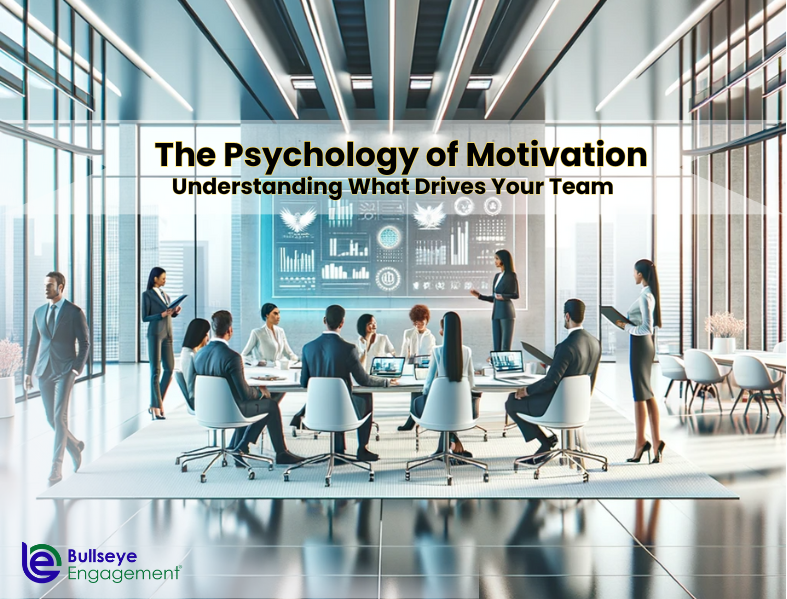Introduction
Understanding the psychology of motivation is essential in today’s workplace. Motivation is the catalyst that propels employees towards achieving their goals and the organization’s objectives. It’s a complex phenomenon influenced by various factors, both internal and external to an individual.
The Essence of Motivation
Motivation is broadly categorized into two types: intrinsic and extrinsic. Intrinsic motivation is driven by internal desires, like personal growth or a sense of achievement, while extrinsic motivation is influenced by external factors such as rewards or recognition.
Intrinsic Motivation: The Internal Drive
Intrinsic motivation is linked to higher job satisfaction. According to a study by the University of Rochester, individuals with higher intrinsic motivation exhibit better job performance, persistence, and creativity. Google’s famous ‘20% time’, which allowed employees to work on personal projects, led to successful innovations like Gmail, demonstrating the power of intrinsic motivation.
Extrinsic Motivation: The External Influencers
Extrinsic factors also play a significant role. A survey by Glassdoor found that over 60% of employees say that benefits and perks are a major factor in considering a job offer. Moreover, a study by the Incentive Research Foundation revealed that well-structured incentive programs can boost performance by 25-44%.
Balancing Intrinsic and Extrinsic Motivation
The challenge for organizations is to find the right balance between intrinsic and extrinsic motivators. Daniel Pink, in his book “Drive,” argues that autonomy, mastery, and purpose are key to enhancing intrinsic motivation. Companies like Zappos and Atlassian, which prioritize employee autonomy and purpose, have seen significant boosts in employee engagement and productivity.
Also read: The Power of Connection: Bullseye’s Approach to Strengthening Team Dynamics
Understanding Individual Differences
Individual differences play a crucial role in motivation. Gallup’s research indicates that understanding these differences and personalizing motivation strategies can lead to a 7-18% increase in employee performance.
Creating a Motivational Environment
The work environment significantly impacts motivation. Google’s offices, known for their creative and employee-friendly design, contribute to a 37% increase in employee satisfaction and productivity, according to a study by the University of Warwick.
The Role of Leadership in Motivation
Leadership is crucial in fostering a motivational environment. Gallup’s study found that managers account for 70% of the variance in employee engagement. Effective leaders who inspire and challenge their teams can lead to a more motivated and productive workforce.
Challenges and Solutions
Despite the importance of motivation, many organizations struggle with it. Regular feedback, open communication, and recognizing individual achievements are essential strategies to overcome these challenges.
Conclusion
Understanding the psychology of motivation involves recognizing the unique needs of each employee, creating a supportive environment, and providing the right mix of intrinsic and extrinsic motivators. By doing so, leaders can create a more engaged, productive, and satisfied workforce.

















